The role of structural pleiotropy and regulatory evolution in the retention of heteromers of paralogs
- PMID: 31454312
- PMCID: PMC6711710
- DOI: 10.7554/eLife.46754
The role of structural pleiotropy and regulatory evolution in the retention of heteromers of paralogs
Abstract
Gene duplication is a driver of the evolution of new functions. The duplication of genes encoding homomeric proteins leads to the formation of homomers and heteromers of paralogs, creating new complexes after a single duplication event. The loss of these heteromers may be required for the two paralogs to evolve independent functions. Using yeast as a model, we find that heteromerization is frequent among duplicated homomers and correlates with functional similarity between paralogs. Using in silico evolution, we show that for homomers and heteromers sharing binding interfaces, mutations in one paralog can have structural pleiotropic effects on both interactions, resulting in highly correlated responses of the complexes to selection. Therefore, heteromerization could be preserved indirectly due to selection for the maintenance of homomers, thus slowing down functional divergence between paralogs. We suggest that paralogs can overcome the obstacle of structural pleiotropy by regulatory evolution at the transcriptional and post-translational levels.
Keywords: S. cerevisiae; epistasis; evolutionary biology; gene duplication; genetics; genomics; pleiotropy; protein interaction networks; regulatory evolution.
© 2019, Marchant et al.
Conflict of interest statement
AM, AC, AD, IG, DA, HJ, SA, CE, DE, NY No competing interests declared, CL Reviewing editor, eLife
Figures

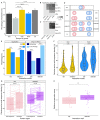
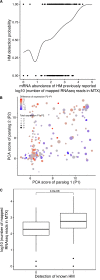

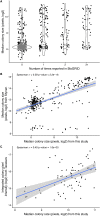













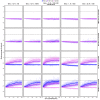


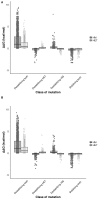







References
-
- Andrews S. FastQC a Quality Control Tool for High Throughput Sequence Data. 2010 http://www.bioinformatics.babraham.ac.uk/projects/fastqc/
Publication types
MeSH terms
Substances
LinkOut - more resources
Full Text Sources
Molecular Biology Databases

